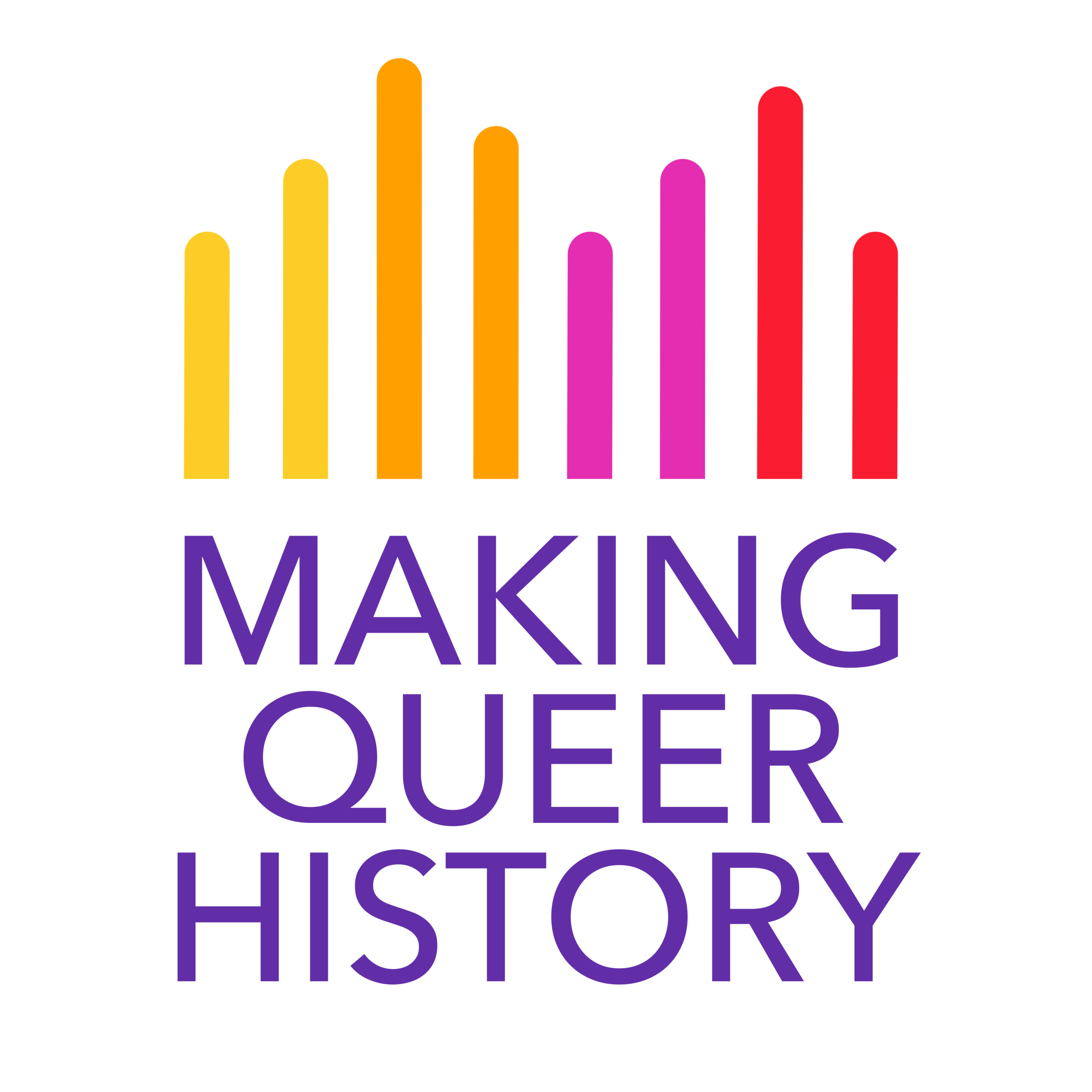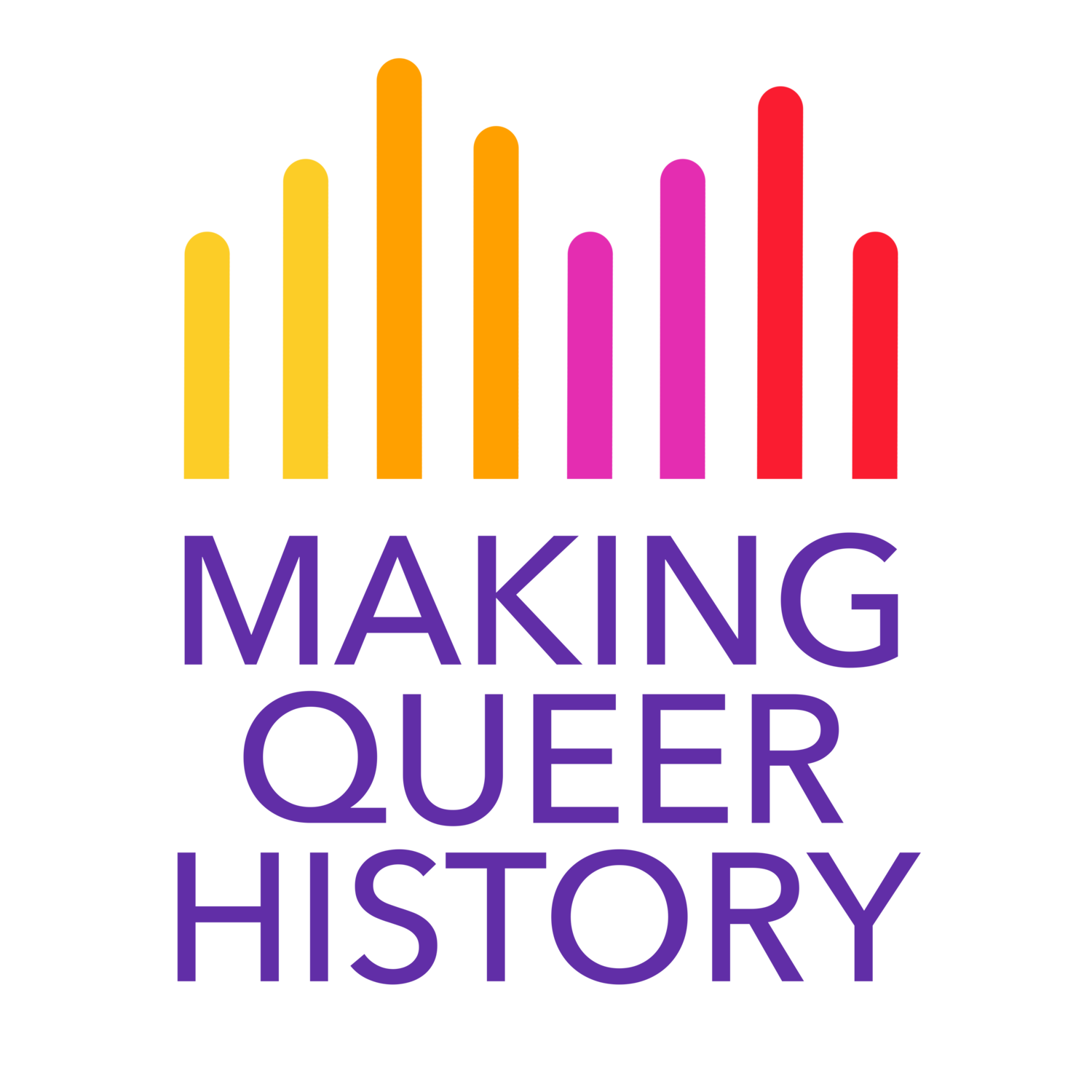Victoria Arellano moved to the United States of America from Mexico to live with her mother, Olga, in California when she was seven years old. From a young age, she knew she was transgender, drawing herself in pictures as a crying woman, and writing poetry about her identity. She would put on makeup before going to school, and sneak out of her window to avoid fighting with her disapproving mother.
Making Queer History has a vague title because it has a rather vague purpose. We are not alone in our aim to tell the queer community’s history. What defines us is our focus not only on the past, but toward the future.




